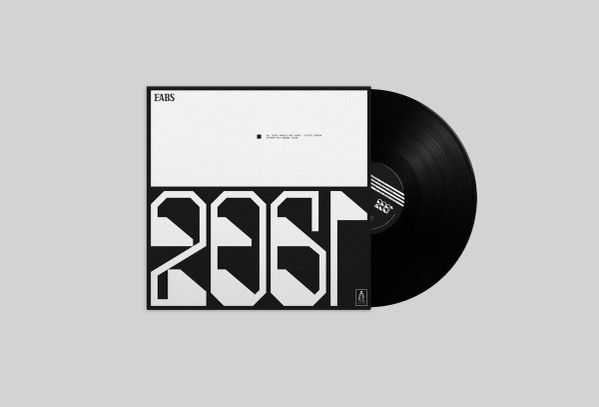Follow Us
Browse
Services
Le Discopathe Disquaire Bar Montpellier
28 rue du Faubourg du Courreau
34000 Montellier
France
0648811713
ALL RIGHTS RESERVED © CG
Open today: 13:00 - 23:00
1 / 0






Artists
Labels
Catno
ARO21LP
Formats
1x Vinyl LP Album Limited Edition Numbered Stereo
Country
Release date
May 27, 2022
Genres
Styles
EABS 2061 ASTIGMATIC RECORDS Mutant, electronic jazz, maneuvering instrumental elements of hip hop, trap
**Killer album from Polish jazz quintet EABS!**
Mutant, electronic jazz, maneuvering instrumental elements of hip hop, trap and drill to forge one of the most forward thinking jazz albums of the moment. Featuring Jan Ptaszyn Wróblewski, one of the forefathers of Polish jazz. Another ESSENTIAL release from Astigmatic Reecords!
*Taxes included, shipping price excluded
Tracked and send in specified vinyle packaging with plastic sleeve protection and stickers. Rip Samples from vinyl, pics and Discount on www.lediscopathe.com. Please feel free to ask informations about our products and sell conditions. We ship vinyles world wide from our shop based in Montpellier (France). Come to visit us. Le Discopathe propose news and 2nd hands vinyls, collectors, rare and classic records from past 70 years
A1
Global Warning
4:43
A2
The Mystery of Monolith
6:05
A3
Ain’t No Mercy
2:41
A4
Dead Silence
7:10
B1
Conscious Breathing
4:07
B2
Human Hero
5:01
B3
Lucifer (The New Sun)
3:53
B4
The Odyssey of Dr Heywood Floyd
4:33
B5
A Farewell to Mother Earth (ft. Jan Ptaszyn Wróblewski)
4:15
Le Discopathe Disquaire Bar Montpellier
28 rue du Faubourg du Courreau
34000 Montellier
France
0648811713
ALL RIGHTS RESERVED © CG